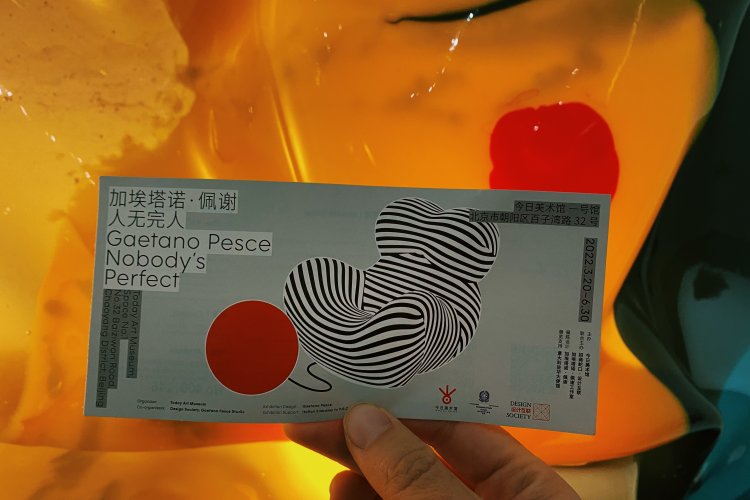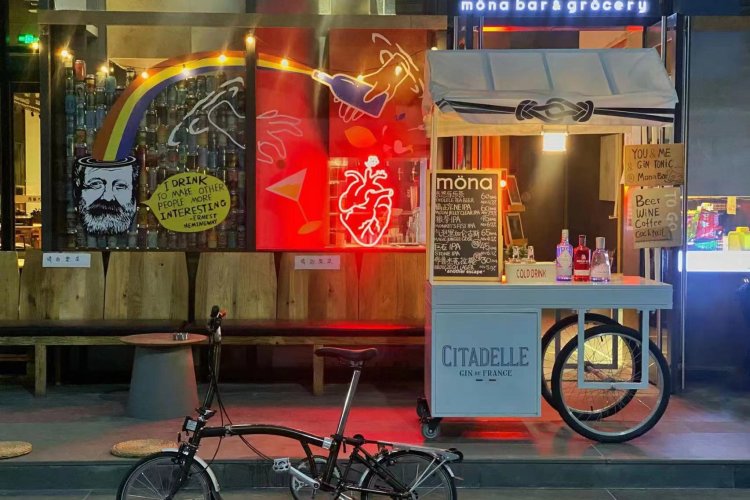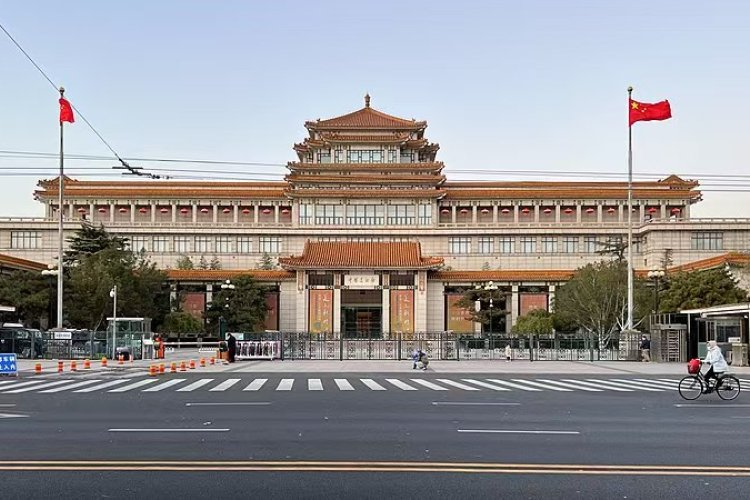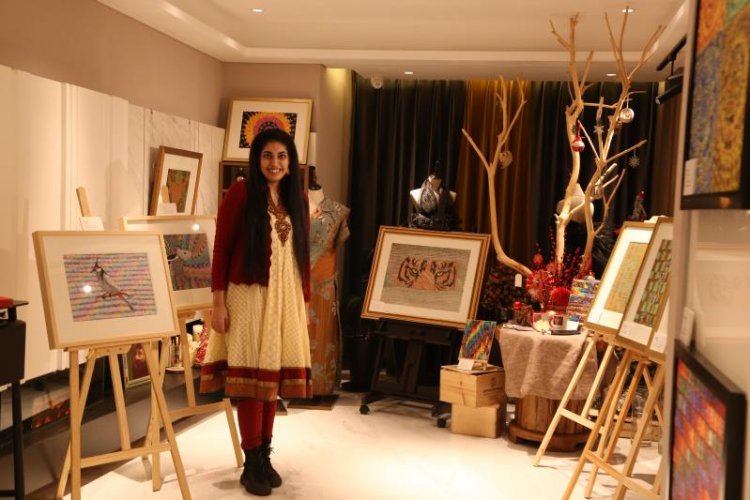Meet the Artists of Songzhuang: A Day in Beijing's Bohemian Village
On the far eastern edge of Beijing, past the expressways and high-rises, lies a place that feels more like a village than a capital city. Courtyards spill into narrow lanes. Walls are patched with murals, abandoned canvases and half-finished sculptures left to dry in the sun. This is Songzhuang, China's largest artists' colony – sprawling, chaotic and strangely alive.
While the 798 Art District has long been Beijing's polished symbol of contemporary art, Songzhuang tells a different story. It is where artists live and work in the same space, away from the sheen of commercial galleries. For collectors, the draw is intimacy: knocking on studio doors, sharing tea with artists and discovering work before it enters the market.
Our trusted friend, Wei Lin, an art dealer by passion (and translator for the day), is well-versed with every nook of Songzhuang. He led us on a curated journey through the village, introducing us to artists who generously opened their homes and studios to us curious visitors.

First up were siblings Bharat Singh and Gurjinder Kaur, both immensely talented sculptors who came from India to China as students with art scholarships and big dreams. Songzhuang has become their home, a place where they create, exhibit and champion cross-border art. In their studio full of towering sculptures and paintings depicting childhood memories, cultures mingled as effortlessly as the company. Masala chai was served alongside Chinese mooncakes, and conversation flowed in a lively mix of Hindi and Mandarin.

We were then welcomed by Anwer Behtiyar and Zulhumar Telet, a Uyghur artist couple whose home doubles as a gallery. Both contemporary painters, they use their shared space as a canvas of dialogue. Works lean against walls, hang from stairwells and spill into corners. Over tea, they spoke of their creative partnership: two distinct artistic voices, bound by a shared life and studio. Their home radiated warmth and openness, embodying the way Songzhuang allows artists to merge private and public, personal and professional.

Next, we stepped into the studio of Wang Zhe, an elderly painter whose works are housed in Beijing's National Art Museum. Once widely celebrated, his reputation precedes him, but nothing quite prepares you for the sight of his workspace. Every wall was crowded with canvases awash in shades of purple – his signature hue – while brushes, paint tubes and half-finished sketches spilled across the floor in a kind of creative chaos. Amid the disorder, one series stood out: his own reimagining of Monet's Water Lilies through a distinctly Chinese lens, shimmering with layered textures and a meditative calm. The studio felt less like a room and more like stepping into the restless, living mind of an artist still in dialogue with both tradition and modernity.

In contrast, Liu Zhengxin, a lithography artist, works out of a sprawling studio that felt almost monastic in its order. Multiple rooms opened onto a quiet courtyard, each space immaculate – floors swept clean, tools neatly arranged, not a speck of stray pigment in sight. The atmosphere was disciplined, almost austere, as though precision itself was the medium. Everywhere, his art unfolded in shades of black and white, the stark contrasts echoing the clarity of the space. After the chaos of paint-splattered studios and crowded courtyards, Liu's world felt like stepping into stillness – a reminder that Songzhuang is as much about restraint as it is about exuberance.

In the evening, sculptor Lin Huixing welcomed us to his home, tucked away in the middle of vast cornfields. Calling it a home feels almost misleading; it was closer to a private museum. Three floors and a sprawling courtyard were overflowing with his creations, each space carefully lit so that the sculptures seemed to breathe after dark. We dined surrounded by entire armies of figures towering above us: humanlike beings, slightly deformed, their imperfections not concealed but exalted. Some leaned, some twisted, some stared with unsettling intensity, as though daring us to confront the fragility of our own bodies. In that surreal setting, dinner became more than a meal; it was an immersion into Lin's world, where beauty resided not in polish but in imperfection.

By the time we left Songzhuang, it was clear that the colony is not simply a geographic cluster of artists, but a living experiment in community. Each studio carried its own rhythm – chaotic, orderly, intimate or monumental – but together they paint a picture of a village where art and life cannot be separated.

Songzhuang matters not just because of its scale but because of its spirit. It represents a vision of contemporary art that is less about spectacle and sales and more about process, dialogue and authenticity. For outsiders, it may feel chaotic. For collectors, it is a rare chance to meet artists where they live, surrounded by the mess and beauty of their daily lives. For the artists themselves, it remains, against all odds, Beijing's bohemian village, always one brushstroke away from reinvention.
Getting There
If you want to visit Songzhuang for yourself, then you can go to Songzhuang Artist Village (宋庄画家村). You can take Line 1 to Tongzhou Beiyuan Station 通州北苑站 and then either transfer to Bus 809 and get off at Xiaopu Shangye Guangchang 小堡商业广场 or just take a Didi from the subway to Songzhuang Artist Village.
Songzhuang Artist Village 宋庄画家村
171 Songzhuang Dongjie, Tongzhou District
通州区宋庄东街171号
READ: Exploring Four Iconic Qipao Styles
Images: courtesy of Natasha Patidar







